Ryan Luley
Adversarial Attacks on Foundational Vision Models
Aug 28, 2023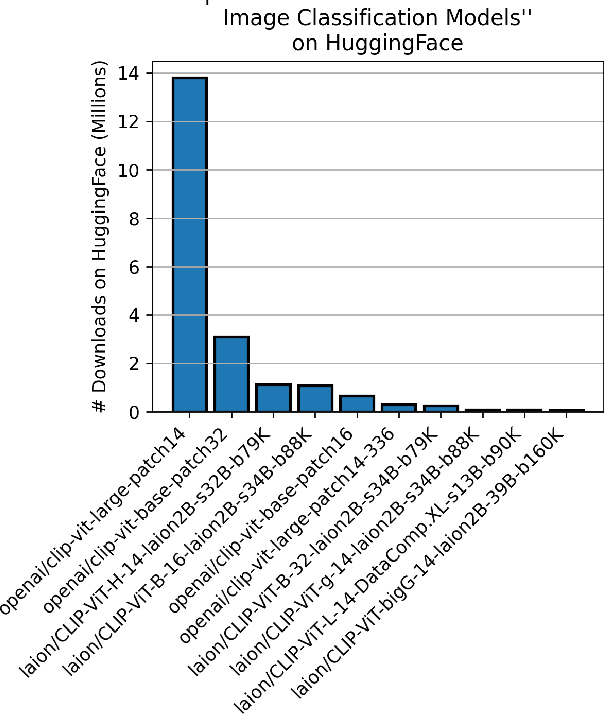
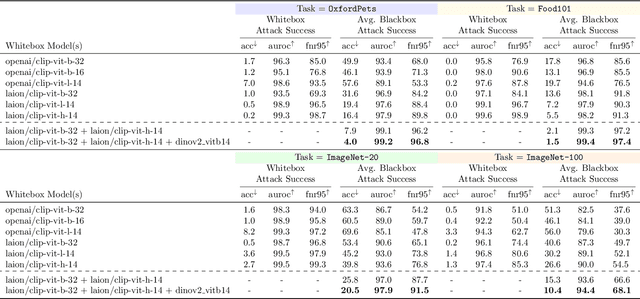
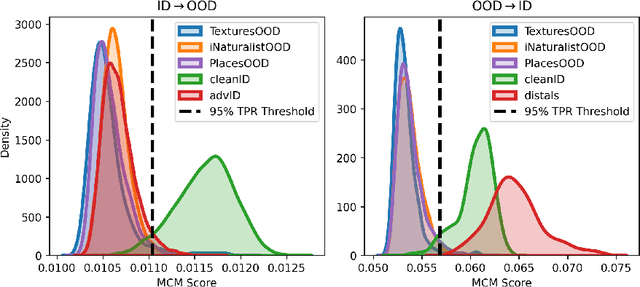

Abstract:Rapid progress is being made in developing large, pretrained, task-agnostic foundational vision models such as CLIP, ALIGN, DINOv2, etc. In fact, we are approaching the point where these models do not have to be finetuned downstream, and can simply be used in zero-shot or with a lightweight probing head. Critically, given the complexity of working at this scale, there is a bottleneck where relatively few organizations in the world are executing the training then sharing the models on centralized platforms such as HuggingFace and torch.hub. The goal of this work is to identify several key adversarial vulnerabilities of these models in an effort to make future designs more robust. Intuitively, our attacks manipulate deep feature representations to fool an out-of-distribution (OOD) detector which will be required when using these open-world-aware models to solve closed-set downstream tasks. Our methods reliably make in-distribution (ID) images (w.r.t. a downstream task) be predicted as OOD and vice versa while existing in extremely low-knowledge-assumption threat models. We show our attacks to be potent in whitebox and blackbox settings, as well as when transferred across foundational model types (e.g., attack DINOv2 with CLIP)! This work is only just the beginning of a long journey towards adversarially robust foundational vision models.
SIO: Synthetic In-Distribution Data Benefits Out-of-Distribution Detection
Mar 25, 2023Abstract:Building up reliable Out-of-Distribution (OOD) detectors is challenging, often requiring the use of OOD data during training. In this work, we develop a data-driven approach which is distinct and complementary to existing works: Instead of using external OOD data, we fully exploit the internal in-distribution (ID) training set by utilizing generative models to produce additional synthetic ID images. The classifier is then trained using a novel objective that computes weighted loss on real and synthetic ID samples together. Our training framework, which is termed SIO, serves as a "plug-and-play" technique that is designed to be compatible with existing and future OOD detection algorithms, including the ones that leverage available OOD training data. Our experiments on CIFAR-10, CIFAR-100, and ImageNet variants demonstrate that SIO consistently improves the performance of nearly all state-of-the-art (SOTA) OOD detection algorithms. For instance, on the challenging CIFAR-10 v.s. CIFAR-100 detection problem, SIO improves the average OOD detection AUROC of 18 existing methods from 86.25\% to 89.04\% and achieves a new SOTA of 92.94\% according to the OpenOOD benchmark. Code is available at https://github.com/zjysteven/SIO.
Active Learning Under Malicious Mislabeling and Poisoning Attacks
Jan 01, 2021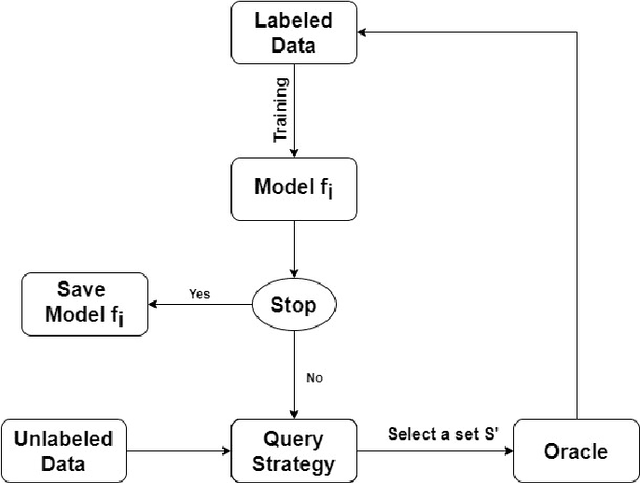

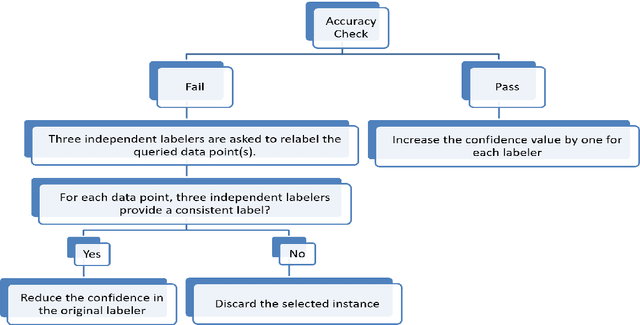
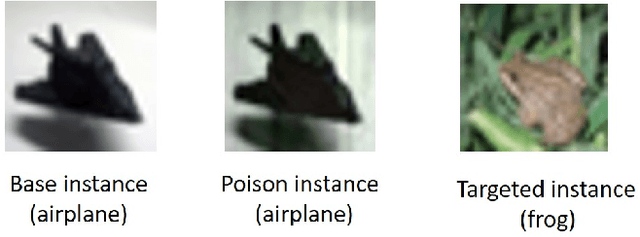
Abstract:Deep neural networks usually require large labeled datasets for training to achieve the start-of-the-art performance in many tasks, such as image classification and natural language processing. Though a lot of data is created each day by active Internet users through various distributed systems across the world, most of these data are unlabeled and are vulnerable to data poisoning attacks. In this paper, we develop an efficient active learning method that requires fewer labeled instances and incorporates the technique of adversarial retraining in which additional labeled artificial data are generated without increasing the labeling budget. The generated adversarial examples also provide a way to measure the vulnerability of the model. To check the performance of the proposed method under an adversarial setting, i.e., malicious mislabeling and data poisoning attacks, we perform an extensive evaluation on the reduced CIFAR-10 dataset, which contains only two classes: 'airplane' and 'frog' by using the private cloud on campus. Our experimental results demonstrate that the proposed active learning method is efficient for defending against malicious mislabeling and data poisoning attacks. Specifically, whereas the baseline active learning method based on the random sampling strategy performs poorly (about 50%) under a malicious mislabeling attack, the proposed active learning method can achieve the desired accuracy of 89% using only one-third of the dataset on average.
 Add to Chrome
Add to Chrome Add to Firefox
Add to Firefox Add to Edge
Add to Edge